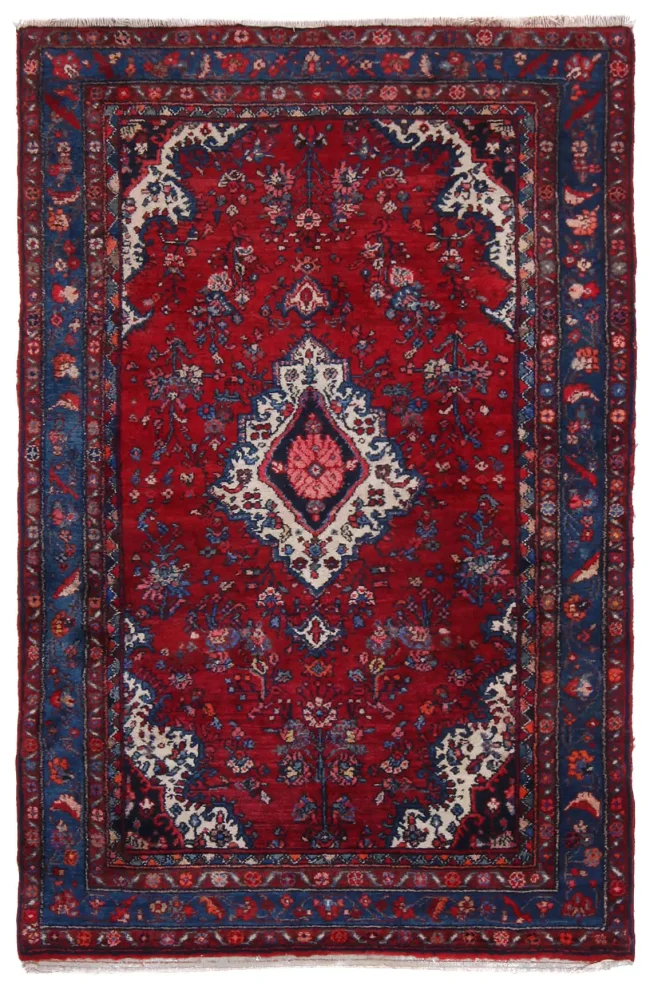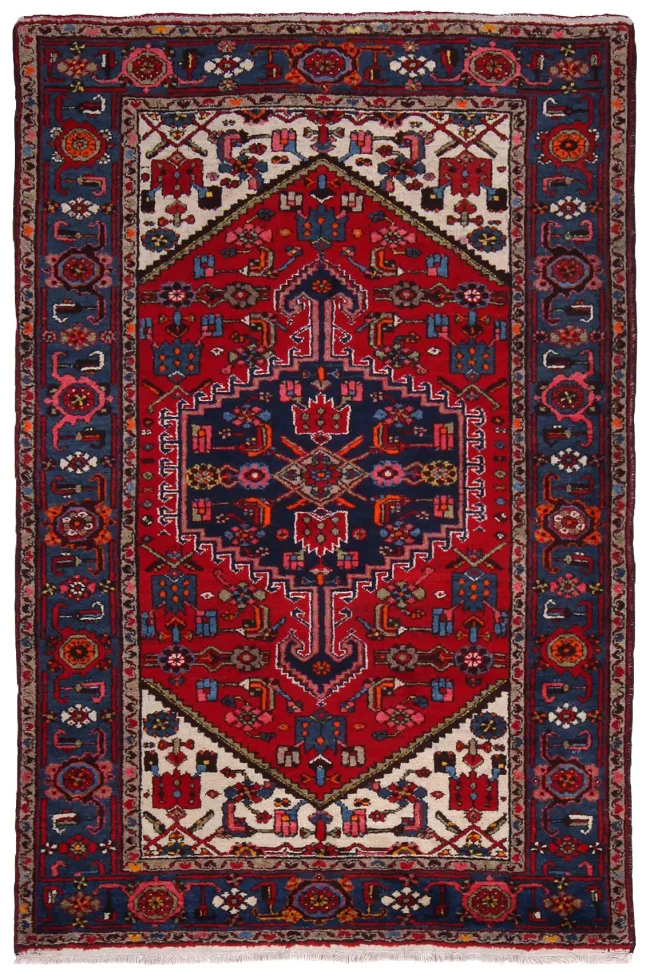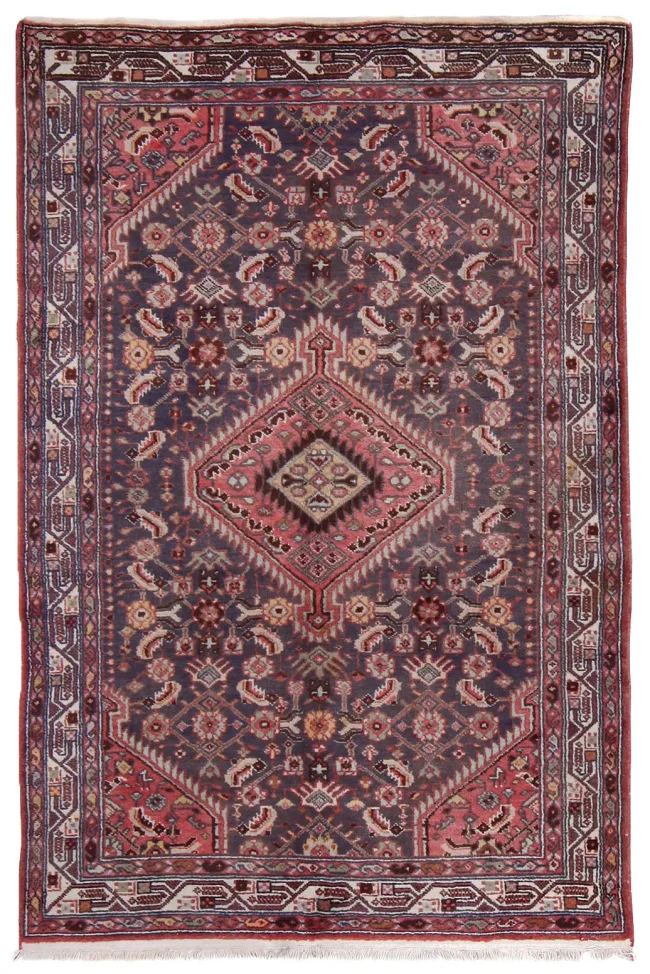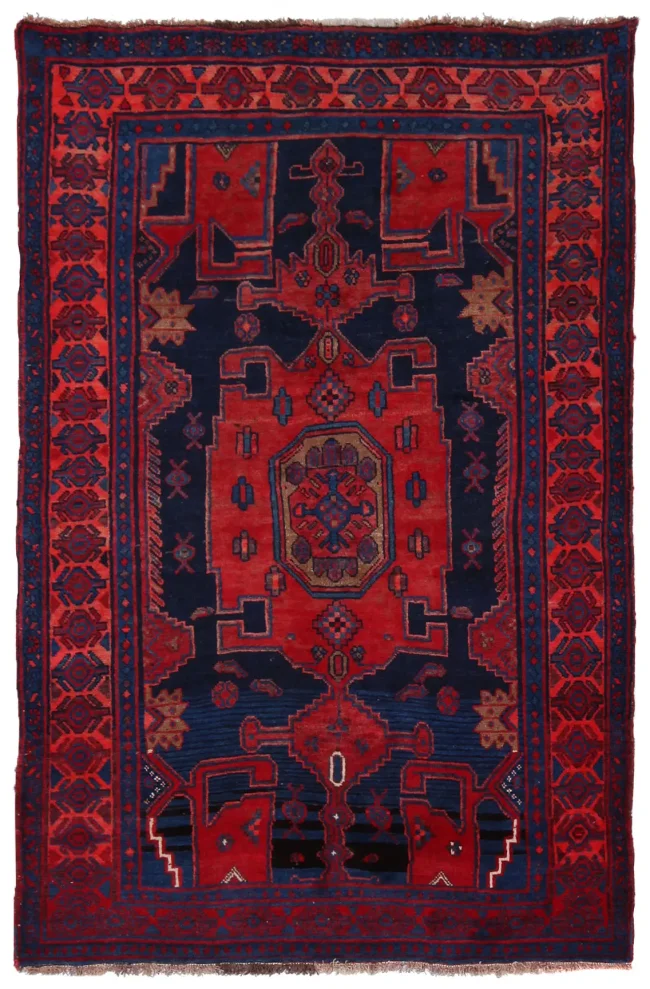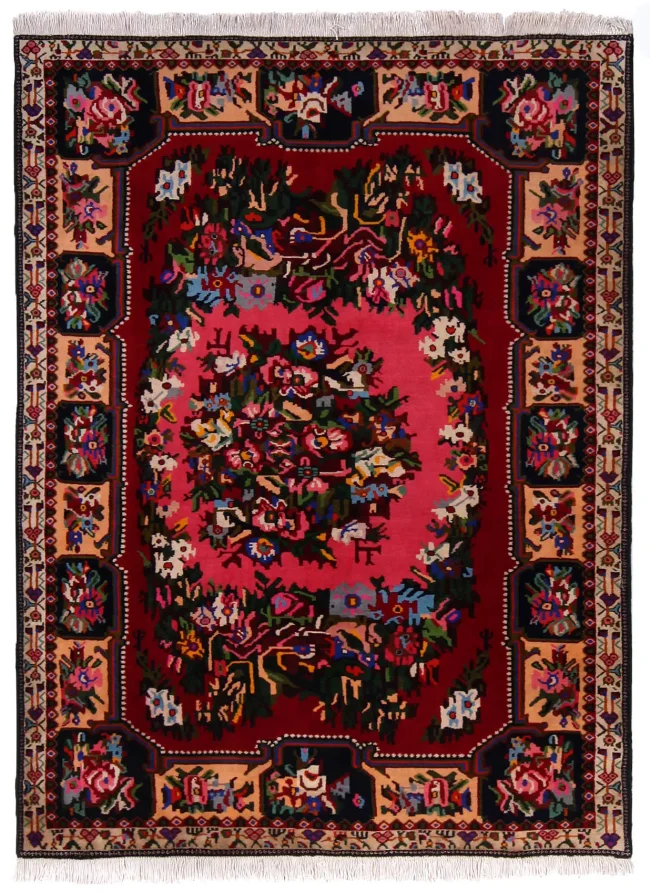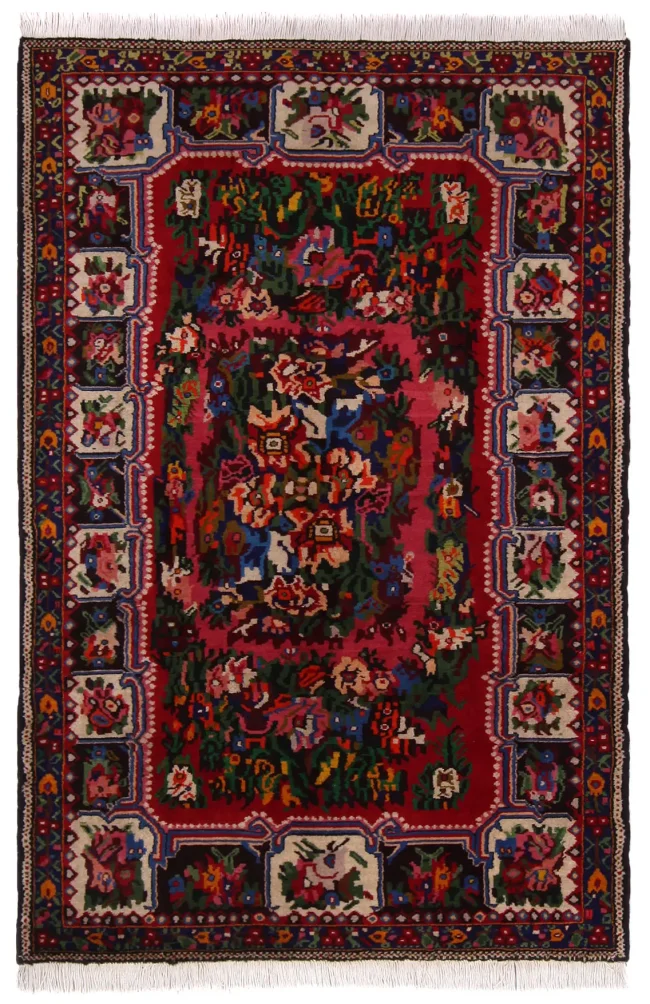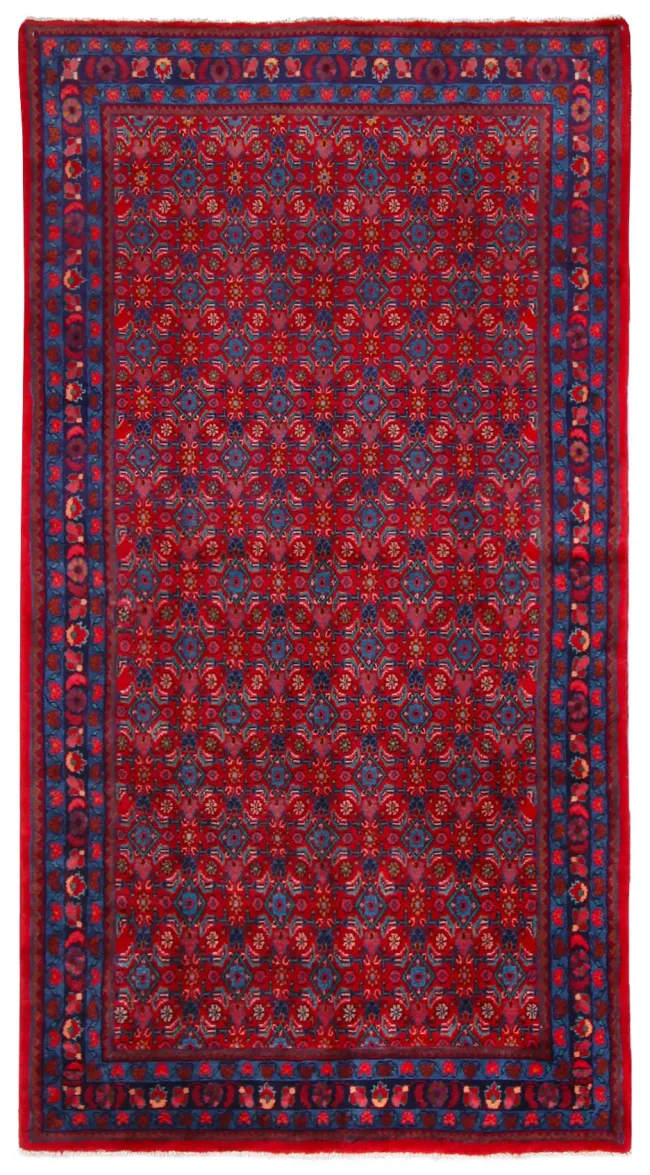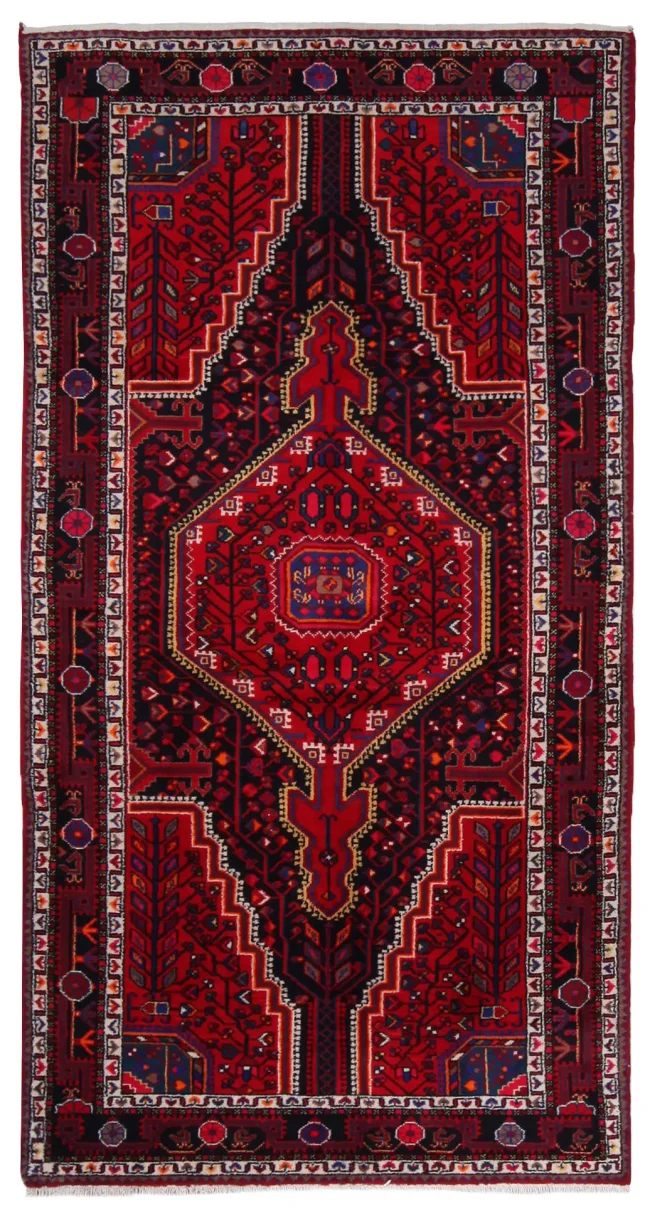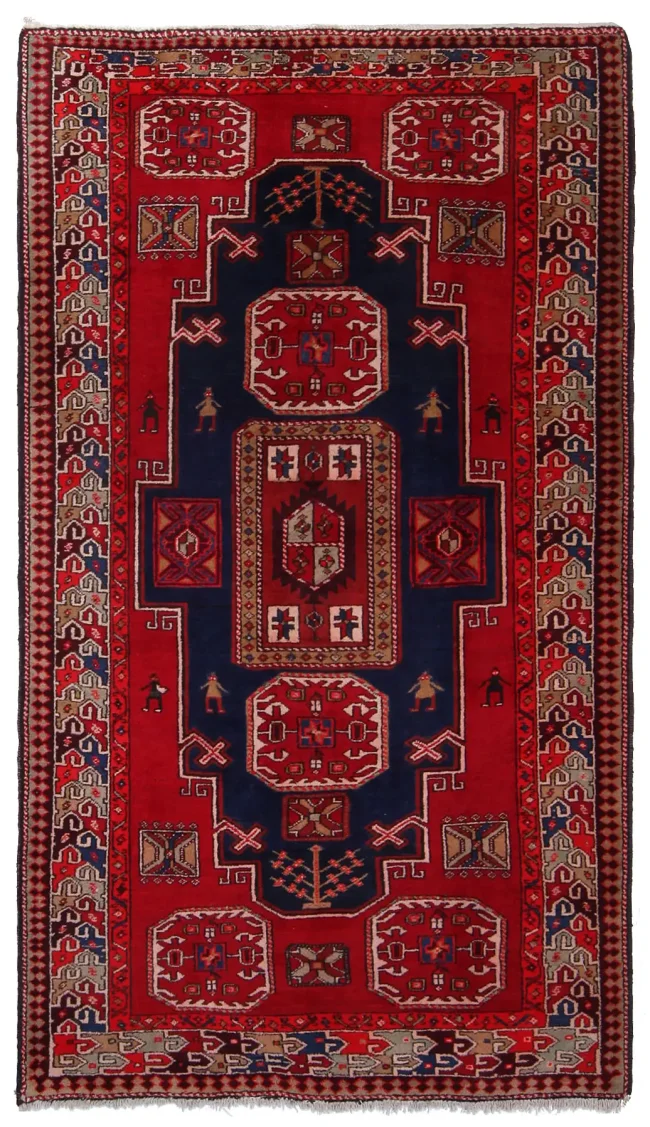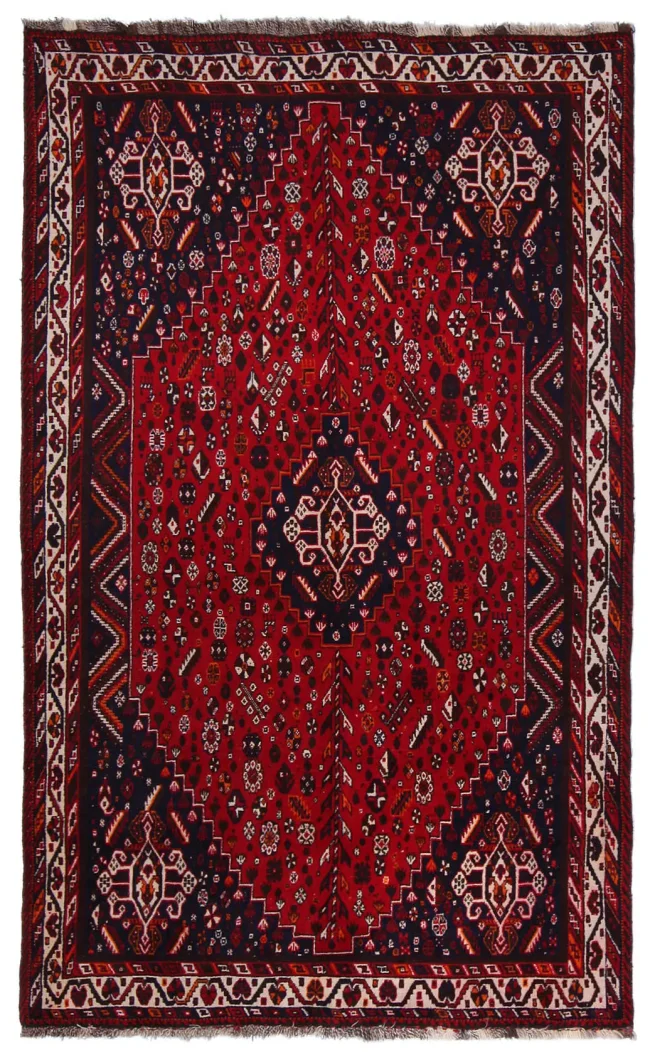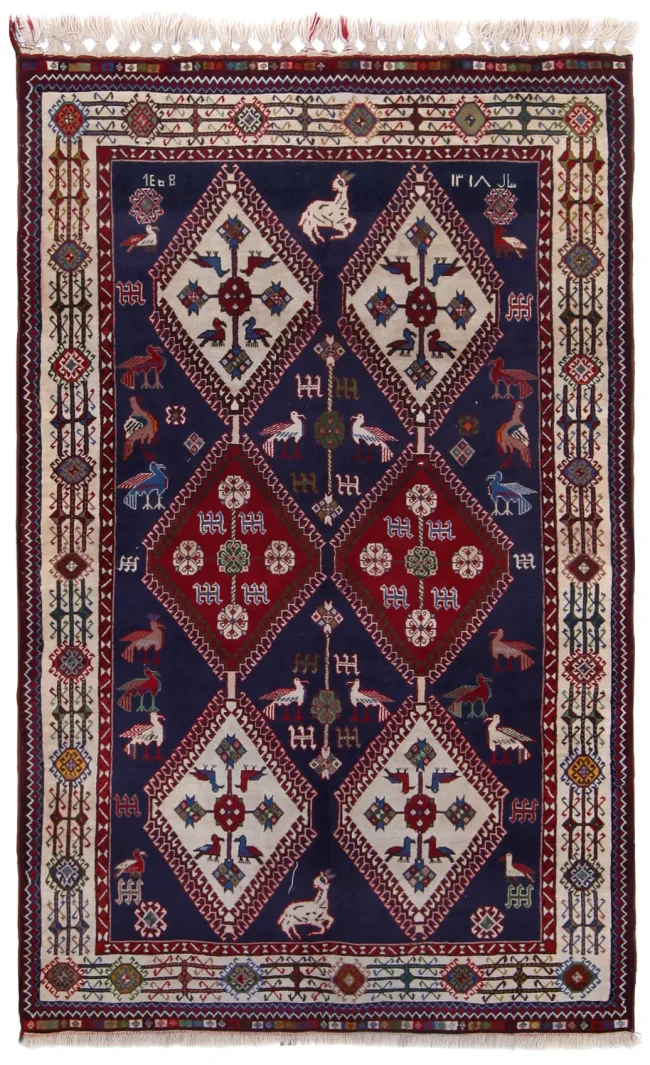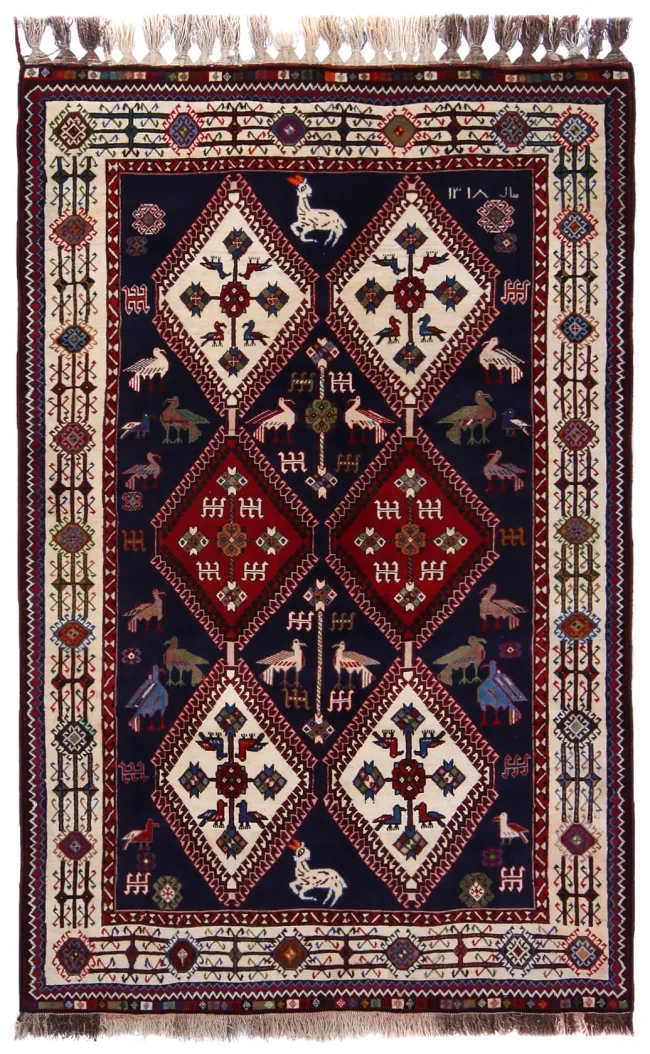Persian Rugs in Minneapolis, MN
Transform your Minneapolis home into a haven of sophistication and culture with the timeless allure of Persian rugs. These exquisite Oriental masterpieces have been gracing interiors for centuries, adding a touch of artistry and luxury to living spaces.
Cyrus Artisan Rugs takes pride in offering you a curated collection that reflects the rich heritage of Persian craftsmanship and a selection of exquisite antique pieces. Discover the beauty that lies in the intricate patterns and vibrant colors of Persian area rugs, and let them weave their magic into your living spaces.
Iranian Rugs: The Timeless Appeal of Oriental Carpets
Origins of Persian Rugs
Iranian rugs were some of the world’s best in the 16th century. The Persians heavily influenced these Oriental pieces, making them stand out for their exceptional design.
During his rule, the Great Mughal Akbar promulgated his kingdom’s love for art, culture, and industry. If you were to enter the royal palace and residence during his reign, you would be welcomed with the floors decorated with Oriental rugs made of high-quality silk, cashmere, and sheep wool.
Each piece took a long time to accomplish, with some taking at least 15 years or more to be finished. These rugs underwent an intricate rug-making process of creating precisely 4,224 knots, adding to their grandiosity and uniqueness.
The Persian Legacy
Today, Oriental pieces made in Iran are among the most elegant and well-constructed rugs worldwide. Thanks to its beauty and rich historical significance, every masterpiece gives off a vibrant beauty that nothing else comes close to.
Iran rugs echo millennia of elite craftsmanship and meticulous artistry, translating into their world-class designs, vibrant colors, and intricate patterns. These qualities make them highly valuable and sought-after by many rug enthusiasts, collectors, and designers.
Oriental Rugs in Minneapolis, MN
A Cultural Fusion
In the vibrant city of Minneapolis, the allure of Oriental rugs finds its place alongside the modern urban landscape. Oriental rugs, including Persian rugs, carry a rich history that resonates with collectors and connoisseurs alike.
Persian rugs are works of art that bridge the gap between traditional and contemporary designs. At the same time, these antique pieces add a layer of nostalgia and charm that evokes stories from bygone eras.
A Global Aesthetic
Minneapolis, with its diverse community and global outlook, provides the perfect backdrop for the beauty of Oriental rugs. These rugs hail from various regions across Asia, each with its distinct style and symbolism. Whether you’re drawn to the intricate floral patterns of Persian area rugs or the geometric motifs of Anatolian rugs, Oriental rugs infuse your living spaces with a global aesthetic that speaks to your unique personality.
The Artistry of Persian Rugs
At Cyrus Artisan Rugs, we celebrate the enduring artistry of Persian area rugs. Our collection showcases the dedication and skill of contemporary artisans who continue to honor ancient techniques. Every knot and thread is a testament to the meticulous craftsmanship of creating these masterpieces.
What sets Persian rugs apart are their intricate designs that tell tales of nature, love, and spirituality. The motifs are carefully chosen, with each symbol carrying a deeper meaning. The iconic medallions, elaborate borders, and harmonious color palettes create a visual symphony that captivates the beholder.
The Allure of Antique Rugs
Antique pieces add a sense of history and uniqueness to your home. Each piece carries the essence of the era it originated from, offering a glimpse into the craftsmanship and cultural aesthetics of the past. Whether it’s a vintage artwork, an antique furniture piece, or a time-honored artifact, these antique pieces hold intrinsic value and create a captivating ambiance in your living spaces.
Elevate Your Minneapolis Home
Adding a Persian area rug to your Minneapolis home is like introducing a piece of history into your décor. The elegance and grandeur that these rugs exude are unparalleled. Whether you have a contemporary interior or a traditional setting, a Persian rug effortlessly elevates the aesthetic, adding a layer of sophistication that transforms the entire room.
Our collection at Cyrus Artisan Rugs caters to a variety of preferences. From opulent silk rugs that exude luxury to sturdy woolen rugs that offer comfort, we have an assortment of pieces for every taste. The diverse designs ensure you find a rug that harmonizes with your existing furniture and complements your style.
Cyrus Artisan Rugs: Your Gateway to Luxury
Cyrus Artisan Rugs stands as a beacon of quality and luxury in Persian area rugs. With a commitment to preserving the authenticity of Persian area rugs, we offer a range that embodies the essence of this art form. Each rug in our collection is a fusion of tradition and innovation, created to stand the test of time.
Every rug at Cyrus Artisan Rugs is a labor of love. The creation process involves skilled hands meticulously weaving each thread, ensuring the final product is a true masterpiece. The attention to detail and the pursuit of perfection are evident in every knot, making each rug a work of art.
Enrich Your Space: The Versatility of Persian Area Rugs
Dining Room
Your dining area is where culinary delights and conversations converge. Imagine the impact of a Persian rug under your dining table – a canvas that adds an air of luxury and sets the tone for memorable meals shared with loved ones.
Bedroom
Step into your bedroom, and let the softness of a Persian rug greet your feet every morning. The soothing colors and intricate patterns create an atmosphere of tranquility, turning your bedroom into a retreat where you can unwind and recharge.
Corridor
Hallways and corridors often go unnoticed, but with a Persian runner rug, these spaces can transform into captivating pathways adorned with art. The elongated designs add depth and intrigue, making your home a gallery of culture and elegance.
The Cyrus Artisan Rugs Experience
Owning a Persian rug is more than just a decoration choice; it’s an experience. As you step onto the soft, intricate patterns, you’re transported to a world where craftsmanship is celebrated, and stories are told through design. At Cyrus Artisan Rugs, we invite you to be a part of this experience, to bring home a piece of history that enriches your everyday life.
Explore our collection from the comfort of your home. Our online catalog allows you to browse various designs, sizes, and colors to find the perfect Persian rug for your Twin Cities home. Each rug is accompanied by a detailed description, ensuring you make an informed decision that aligns with your vision.
Frequently Asked Questions (FAQs)
Are Persian rugs suitable for high-traffic areas?
Yes, Persian rugs are known for their durability and can withstand moderate foot traffic.
How do I clean and maintain my Persian rug?
Regular vacuuming and professional cleaning are recommended to maintain the beauty and longevity of your rug.
Can I find both traditional and modern designs in your collection?
Our collection features various classical and contemporary designs catering to different tastes.
Do you offer custom sizing for Persian area rugs?
We can accommodate custom sizing requests to ensure your rug fits your space perfectly.
What makes Cyrus Artisan Rugs unique?
Cyrus Artisan Rugs is dedicated to preserving the authenticity of Persian rug craftsmanship while offering a curated collection that caters to modern sensibilities, all while providing excellent service.
Get Quality Oriental Iran Rugs at Cyrus Artisan Rugs
The beautiful surfaces of Iranian rugs can significantly enhance the atmosphere and add character to any living space. You can expect these Oriental masterpieces to stand the test of time as they were constructed using high-quality materials and with skills perfected over time. Browse the variety of Oriental rugs and Iranian carpets in our online catalog. We offer over 250 types of Iran rugs available in various shapes, colors, and sizes. Renowned rug designers create these pieces and established brands.
Find an Oriental rug that best suits your style and preference and complete your desired design and aesthetic for your living space. Browse through the immense Cyrus Artisan Rugs collection today and get the right rug.
Some areas we service:


